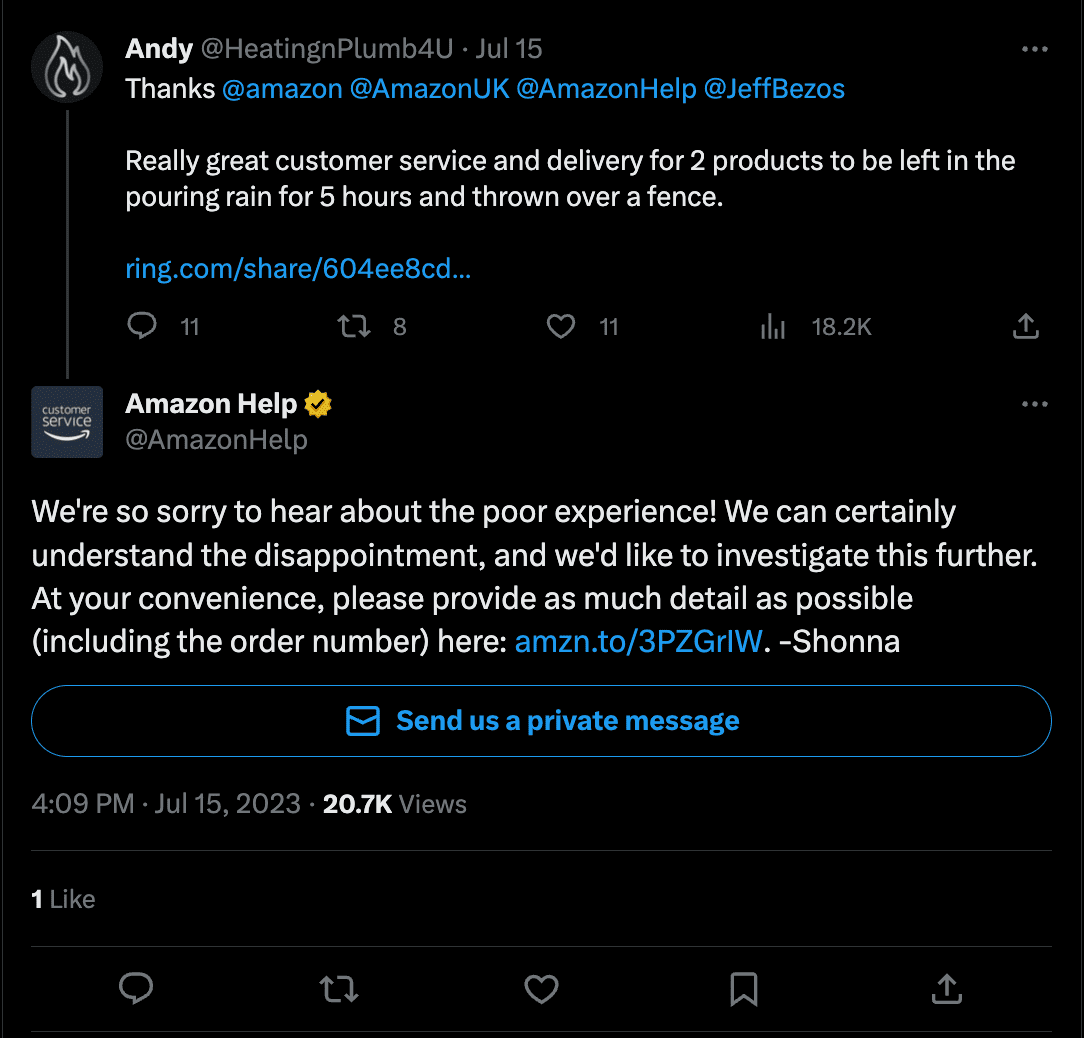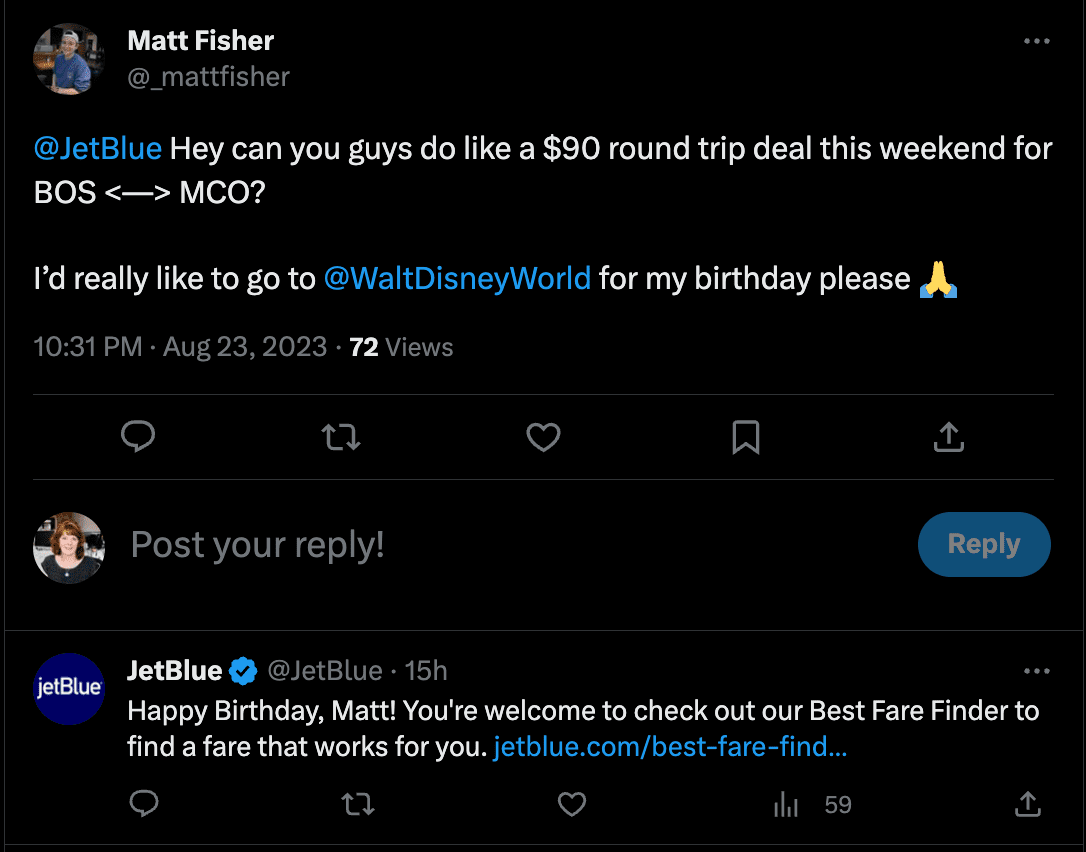In today’s digital age, social media has become the heart and soul of marketing for many brands. It’s a platform that allows you to connect with your audience, showcase your products or services, and engage in meaningful conversations.
But what happens when those conversations take a turn for the worse? Negative feedback on social media can spread like wildfire, potentially causing significant damage to your brand’s reputation. That’s where having a solid social media crisis plan comes into play.
Let’s explore the importance of being prepared for negative feedback on social media and provide practical tips on responding effectively. We’ll delve into real-world examples to illustrate the do’s and don’ts of handling social media crises. So, fasten your seatbelts because it’s time to learn how to turn a social media storm into an opportunity for growth.
The Importance of Being Prepared:
Imagine this scenario: It’s a quiet Monday morning, and you’re sipping your coffee when a barrage of negative comments and mentions suddenly flood your brand’s social media profiles. Panic sets in as you scramble to figure out how to respond. This situation could have been avoided with a well-prepared social media crisis plan.
A crisis plan acts as your safety net, guiding your team on how to navigate turbulent waters. It’s a set of guidelines, procedures, and responses that can help mitigate the impact of negative feedback and protect your brand’s reputation. It’s not a question of if a crisis will occur but when. Being prepared is your first line of defense.
Stay Calm & Be Objective
Negative feedback can be emotionally charged, and it’s easy to get defensive. However, responding emotionally can escalate the situation further. Instead, maintain a cool head and approach the situation objectively. Acknowledge that mistakes can happen, and you’re committed to resolving them.
Real Example
Remember the infamous United Airlines incident where a passenger was forcibly removed from an overbooked flight? United initially responded defensively, which fueled public outrage. Later, they issued a more empathetic and apologetic response, showing that they had learned from their mistake.

Listen Carefully & Respond Promptly
In the digital age, information travels at the speed of light. Delayed responses can be interpreted as indifference. Monitor your social media channels closely using social media listening so that you can address negative feedback promptly. Listen to what customers are saying, and don’t hesitate to reach out privately to gather more details if necessary.
Real Example:
Amazon is known for its quick response to customer complaints. They have a dedicated Twitter account, @AmazonHelp, where they swiftly respond to customer inquiries and concerns. This demonstrates their commitment to customer satisfaction.

Be Transparent
Honesty is the best policy. If your brand makes a mistake, admit it. Trying to cover up or deflect blame rarely ends well. Transparency builds trust with your audience, showing that you value their honesty and are willing to make amends.
Real Example
In 2018, Facebook faced a massive data breach scandal involving Cambridge Analytica. In fact, Facebook owner Meta has agreed to pay a $725m settlement related to the scandal. Initially, however, instead of acknowledging the issue, they downplayed it. This led to a PR nightmare and a significant loss of trust. Being transparent from the outset could have mitigated the damage.

Personalize Your Responses
When responding to negative feedback, avoid canned or robotic responses. Personalize your messages to show that you genuinely care about your customers’ concerns. Use the customer’s name, reference their specific issue, and offer a human touch.
Real Example
JetBlue Airways excels in personalizing responses. They address customers by name and tailor their responses to each situation, demonstrating a sincere commitment to resolving issues.

Learn & Improve From Negative Feedback
Every negative feedback is an opportunity for growth. Instead of viewing criticism as a setback, see it as a chance to identify areas where your brand can improve. Collect data on recurring issues and use it to refine your products, services, or customer support.
Real Example:
Netflix faced backlash when they increased their prices in 2011. However, they listened to customer feedback, adjusted their pricing strategy, and continued to grow their subscriber base. This demonstrates the power of using negative feedback to drive positive change.

Conclusion
In the world of social media, negative feedback is a certainty. However, how you respond to it can make all the difference. A well-thought-out social media crisis plan is crucial for protecting
your brand’s reputation. Remember to stay calm, be objective, listen carefully, and respond promptly. Transparency and personalized responses can go a long way in rebuilding trust. Most importantly, use negative feedback as a learning opportunity to improve continuously.
At ELMNTL, we specialize in crafting effective social media crisis plans tailored to your brand’s needs. Don’t wait until the storm hits—be prepared. Contact us today to ensure your brand’s reputation remains untarnished in the face of adversity.
Ready to fortify your brand’s social media presence and ensure you’re prepared for any crisis? Contact ELMNTL today for a customized social media crisis plan to safeguard your brand’s reputation and help you turn negative feedback into positive growth opportunities. Your brand’s success is our priority.







